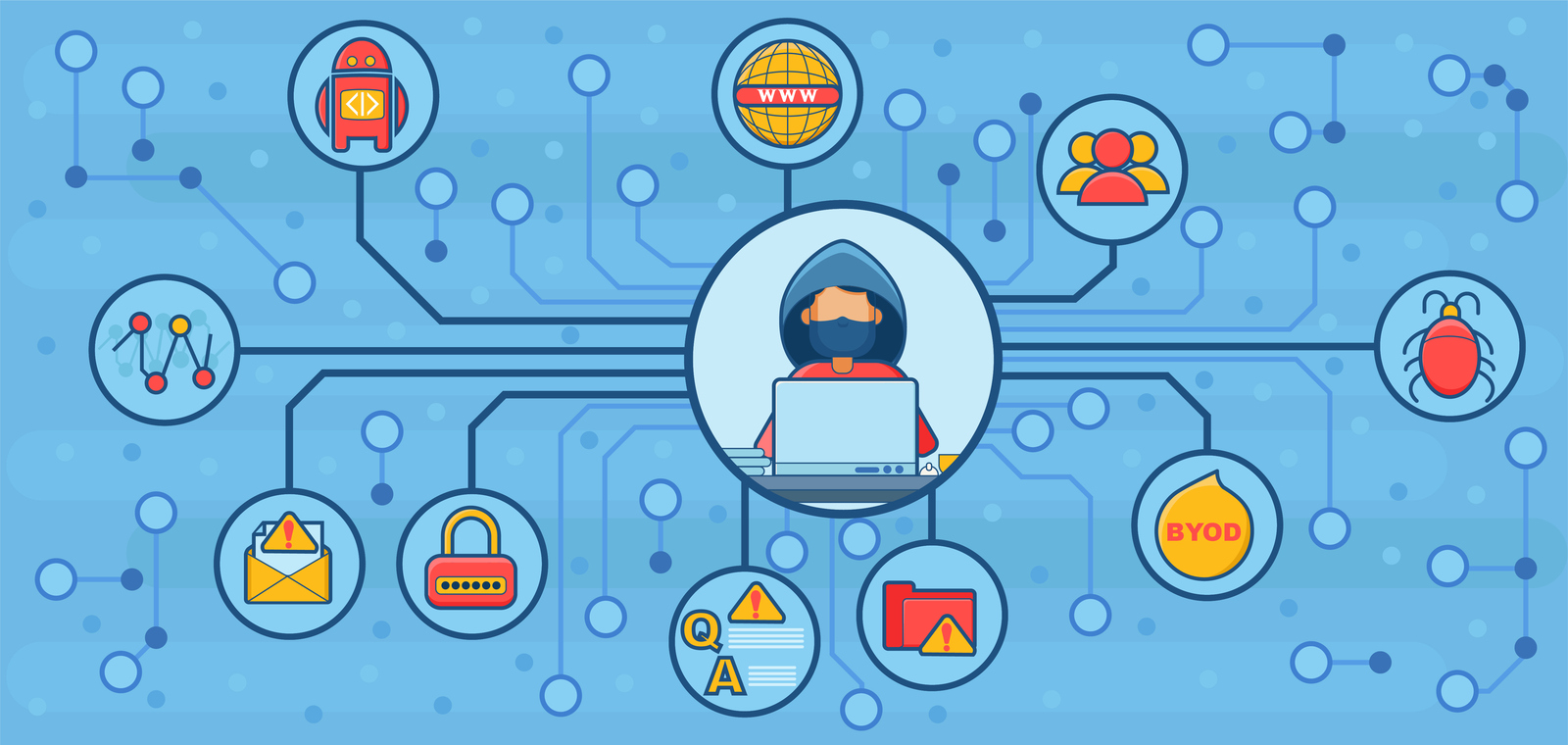Massive Marriott Data Breach: Data Governance for Data Security

Organizations have been served yet another reminder of the value of data governance for data security.
Hotel and hospitality powerhouse Marriott recently revealed a massive data breach that led to the theft of personal data for an astonishing 500 million customers of its Starwood hotels. This is the second largest data breach in recent history, surpassed only by Yahoo’s breach of 3 billion accounts in 2013 for which it has agreed to pay a $50 million settlement to more than 200 million customers.
Now that Marriott has taken a major hit to its corporate reputation, it has two moves:
- Respond: Marriott’s response to its data breach so far has not received glowing reviews. But beyond how it communicates to effected customers, the company must examine how the breach occurred in the first place. This means understanding the context of its data – what assets exist and where, the relationship between them and enterprise systems and processes, and how and by what parties the data is used – to determine the specific vulnerability.
- Fix it: Marriott must fix the problem, and quickly, to ensure it doesn’t happen again. This step involves a lot of analysis. A data governance solution would make it a lot less painful by providing visibility into the full data landscape – linkages, processes, people and so on. Then more context-sensitive data security architectures can put in place to for corporate and consumer data privacy.
The GDPR Factor
It’s been six months since the General Data Protection Regulation (GDPR) took effect. While fines for noncompliance have been minimal to date, we anticipate them to dramatically increase in the coming year. Marriott’s bad situation could potentially worsen in this regard, without holistic data governance in place to identify whose and what data was taken.
Data management and data governance, together, play a vital role in compliance, including GDPR. It’s easier to protect sensitive data when you know what it is, where it’s stored and how it needs to be governed.
FREE GUIDE: THE REGULATORY RATIONALE FOR INTEGRATING DATA MANAGEMENT & DATA GOVERNANCE
Truly understanding an organization’s data, including the data’s value and quality, requires a harmonized approach embedded in business processes and enterprise architecture. Such an integrated enterprise data governance experience helps organizations understand what data they have, where it is, where it came from, its value, its quality and how it’s used and accessed by people and applications.
Data Governance for Data Security: Lessons Learned
Other companies should learn (like pronto) that they need to be prepared. At this point it’s not if, but when, a data breach will rear its ugly head. Preparation is your best bet for avoiding the entire fiasco – from the painstaking process of identifying what happened and why to notifying customers their data and trust in your organization have been compromised.
A well-formed security architecture that is driven by and aligned by data intelligence is your best defense. However, if there is nefarious intent, a hacker will find a way. So being prepared means you can minimize your risk exposure and the damage to your reputation.
Multiple components must be considered to effectively support a data governance, security and privacy trinity. They are:
- Data models
- Enterprise architecture
- Business process models
What’s key to remember is that these components act as links in the data governance chain by making it possible to understand what data serves the organization, its connection to the enterprise architecture, and all the business processes it touches.
THE EXPERT GUIDE TO DATA GOVERNANCE, SECURITY AND PRIVACY
Creating policies for data handling and accountability and driving culture change so people understand how to properly work with data are two important components of a data governance initiative, as is the technology for proactively managing data assets.
Without the ability to harvest metadata schemas and business terms; analyze data attributes and relationships; impose structure on definitions; and view all data in one place according to each user’s role within the enterprise, businesses will be hard pressed to stay in step with governance standards and best practices around security and privacy.
As a consequence, the private information held within organizations will continue to be at risk. Organizations suffering data breaches will be deprived of the benefits they had hoped to realize from the money spent on security technologies and the time invested in developing data privacy classifications. They also may face heavy fines and other financial, not to mention PR, penalties.
Less Pain, More Gain
Most organizations don’t have enough time or money for data management using manual processes. And outsourcing is also expensive, with inevitable delays because these vendors are dependent on manual processes too. Furthermore, manual processes require manual analysis and auditing, which is always more expensive and time consuming.
So the more processes an organization can automate, the less risk of human error, which is actually the primary cause of most data breaches. And automated processes are much easier to analyze and audit because everything is captured, versioned and available for review in a log somewhere. You can read more about automation in our 10 Reasons to Automate Data Mapping and Data Preparation.
And to learn more about how data governance underpins data security and privacy, click here.
